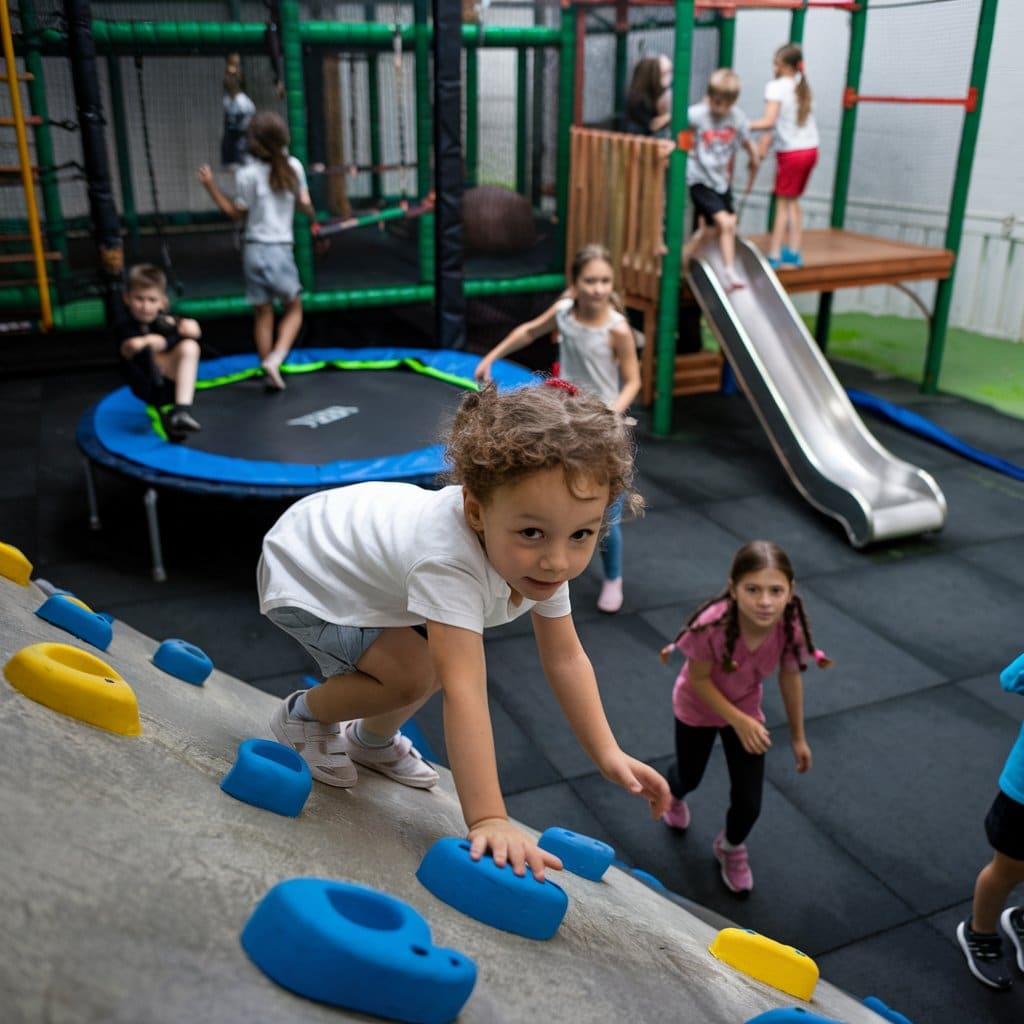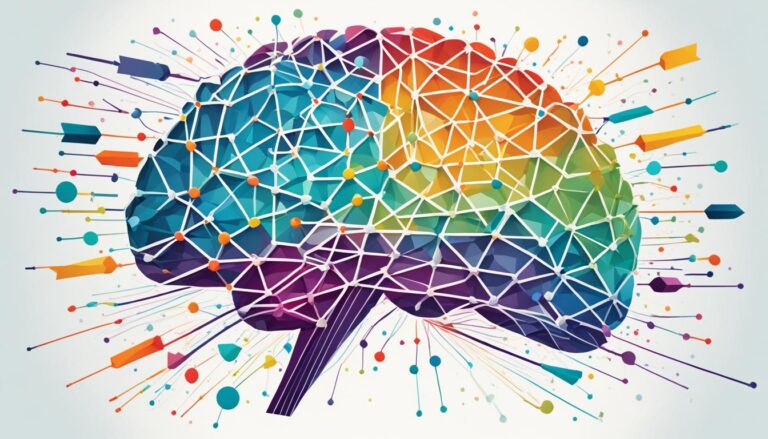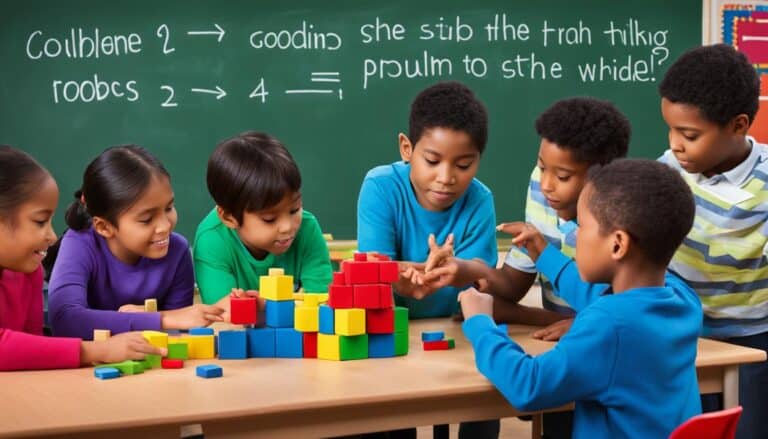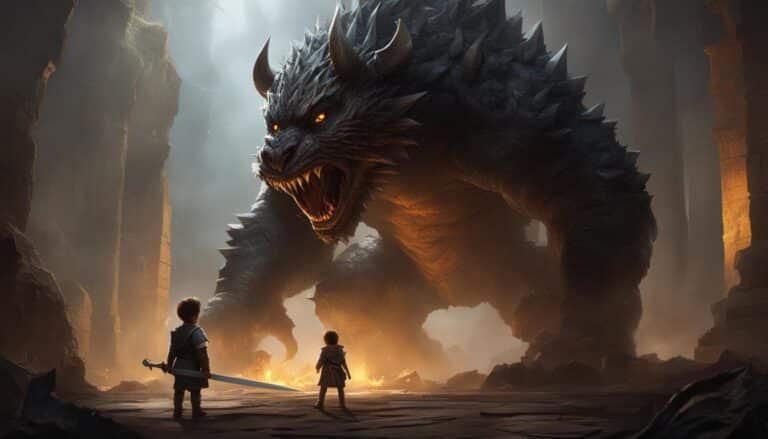Enhancing Development Through Gross Motor Activities
Gross motor activities are essential for children’s development, aiding in their physical, cognitive, and emotional growth. These activities involve the use of large muscle groups and are crucial for developing coordination, balance, and strength. In this article, we will explore the significance of gross motor activities, provide a variety of engaging activities, and address common questions regarding their impact on children’s growth.
What Are Gross Motor Activities?
Gross motor activities refer to movements that involve the large muscles in the body, enabling children to perform actions like running, jumping, throwing, and climbing. These activities help improve coordination, balance, and overall physical fitness. Engaging in gross motor activities also supports children’s cognitive development and social skills as they play and interact with others.
The Importance of Gross Motor Activities
Understanding the importance of gross motor activities is crucial for parents, educators, and caregivers. Here are some key benefits:
- Physical Development: Gross motor activities promote muscle strength, endurance, and overall physical health. They help children develop the skills needed for everyday tasks and sports.
- Cognitive Growth: Engaging in physical activities stimulates brain development and enhances concentration, memory, and problem-solving skills.
- Social Skills: Participating in group activities fosters teamwork, communication, and social interaction, helping children develop friendships and learn how to cooperate.
- Emotional Well-being: Physical activity is known to reduce stress and anxiety. Engaging in gross motor activities can improve mood and self-esteem.
Effective Gross Motor Activities for Children

There are numerous gross motor activities suitable for various age groups. Below are some effective activities that can be easily integrated into daily routines:
1. Outdoor Games
Outdoor games are a great way to encourage children to engage in physical activity. Some popular options include:
- Tag: A classic game that promotes running and agility.
- Hide and Seek: This game enhances problem-solving skills while encouraging movement.
- Obstacle Courses: Set up a course using cones, hoops, and other objects to challenge children’s coordination and balance.
2. Sports Activities
Introducing children to various sports can enhance their gross motor skills. Consider the following:
- Soccer: Improves kicking skills, coordination, and teamwork.
- Basketball: Enhances hand-eye coordination and agility.
- Swimming: Provides a full-body workout and improves endurance.
3. Dance and Movement
Encouraging children to dance not only promotes physical activity but also allows for creative expression. Try:
- Free Dance: Let children move to their favorite music.
- Structured Dance Classes: Enroll them in classes like ballet, hip-hop, or Zumba.
- Movement Games: Games like “freeze dance” encourage fun while improving coordination.
4. Creative Play
Incorporating creative play can enhance gross motor skills through imaginative activities:
- Building Blocks: Stacking and balancing blocks can improve fine motor skills and hand-eye coordination.
- Art Projects: Activities like painting or crafting that involve movement can enhance motor development.
- Role-Playing Games: Engaging in pretend play encourages movement and exploration.
5. Structured Activities
Structured activities led by educators or parents can help in skill development:
- Gymnastics: Focuses on balance, strength, and flexibility.
- Yoga: Improves body awareness and flexibility while promoting relaxation.
- Martial Arts: Develops discipline, coordination, and strength.
Tips for Encouraging Gross Motor Activities

Here are some strategies to encourage children to participate in gross motor activities:
- Create a Safe Environment: Ensure that play areas are safe and free from hazards.
- Be a Role Model: Engage in physical activities yourself to inspire children.
- Make It Fun: Incorporate games and challenges to keep children interested and motivated.
- Set Goals: Encourage children to set achievable physical goals, such as running a certain distance or mastering a new skill.
- Incorporate Technology: Use apps or video games that promote physical activity and movement.
The Role of Parents and Educators
Parents and educators play a vital role in fostering an environment that encourages gross motor activities. Here are some ways to support children’s physical development:
- Provide Opportunities: Create opportunities for children to engage in various physical activities both indoors and outdoors.
- Encourage Group Play: Facilitate playdates or group activities that promote teamwork and social skills.
- Monitor Progress: Keep track of children’s physical development and provide positive reinforcement for their efforts.
Common Challenges and Solutions
While promoting gross motor activities is beneficial, some challenges may arise. Here are common issues and practical solutions:
1. Lack of Interest
If children show little interest in physical activities, try:
- Introducing Variety: Offer a range of activities to find what they enjoy the most.
- Incorporating Technology: Use interactive video games that require movement to engage them.
2. Limited Space
For families with limited space, consider:
- Indoor Activities: Use items like pillows and furniture to create obstacle courses indoors.
- Community Resources: Utilize local parks, gyms, or recreational centers for physical activities.
3. Safety Concerns
Ensuring safety is paramount. Consider the following:
- Supervision: Always supervise children during activities to prevent injuries.
- Use Safety Gear: For activities like biking or skating, ensure children wear appropriate safety gear.
Conclusion
Gross motor activities are vital for children’s overall development. By encouraging participation in a variety of physical activities, caregivers and educators can help children build essential skills that contribute to their physical, cognitive, and emotional well-being. Whether through outdoor games, sports, dance, or creative play, there are countless ways to promote gross motor skills in a fun and engaging manner.
FAQs About Gross Motor Activities
1. What age group benefits from gross motor activities?
Gross motor activities benefit children of all ages, from infants to adolescents. Activities can be tailored to suit the developmental stage of the child, ensuring they are both safe and engaging.
2. How much physical activity should children get daily?
Children should aim for at least 60 minutes of moderate to vigorous physical activity each day. This can include a mix of structured and unstructured activities.
3. How can I assess my child’s gross motor skills?
Observation is key. Look for abilities like running, jumping, throwing, and catching. If you have concerns, consult a pediatrician or physical therapist for a formal assessment.
4. Can gross motor activities improve academic performance?
Yes! Research suggests that regular physical activity can enhance concentration, memory, and classroom behavior, positively impacting academic performance.
5. Are there any risks associated with gross motor activities?
While gross motor activities are generally safe, risks can arise if activities are not supervised or if children are encouraged to engage in activities beyond their skill level. Always prioritize safety and proper instruction.






